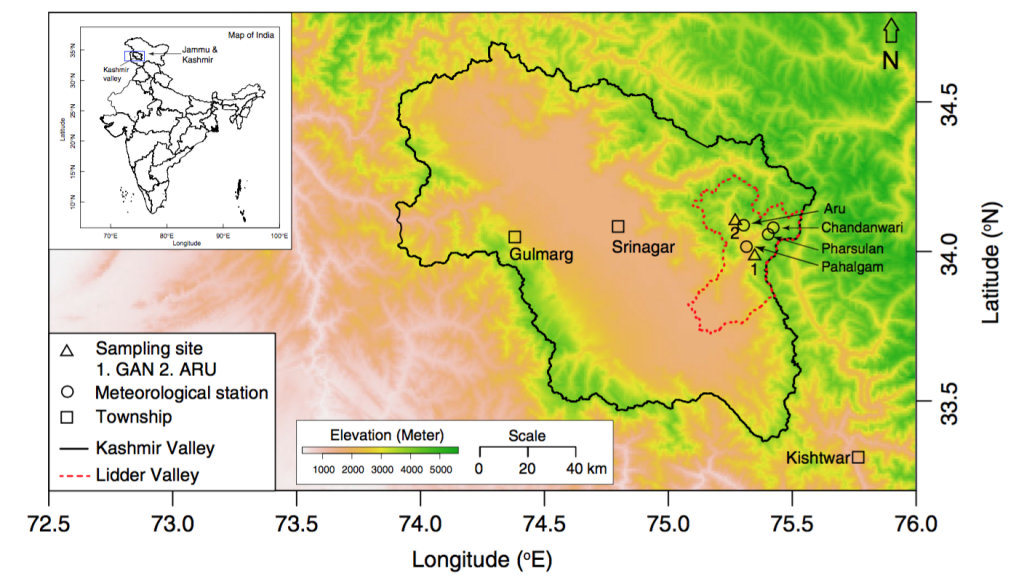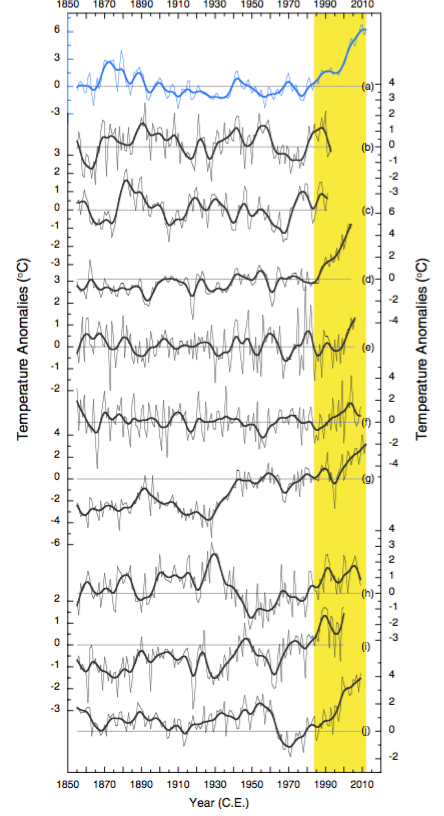Dr. Wilson suggested I contribute to the blog following my February 2019 presentation on Environmental Challenges Facing the Department of Defense. So I have worked up the following missive. If the audience, especially students and recent graduates, find it of value then I may develop further contributions.
William K. Burris, P.G.
Environmental Restoration Program Manager
U.S. Air Force Civil Engineer Center
____________________________
Geology consists of a unique synthesis of the other sciences. This curious blending of chemistry, physics, and biology forms one of the many reasons why Geology makes such an interesting topic of study. Environmental Science, especially as it impacts and involves humanity, exhibits similar traits to geology is this respect. However environmental science not only consists of a synthesis of the sciences (including geology) but also incorporates a hefty dose of history, economics, psychology, and other numerous disciplines that swim in the somewhat undefinable pool of topics often labeled as “liberal arts.” As I have looked back on the many types of environmental projects I have completed in my admittedly checkered career I find it surprising how often I needed to pull from my liberal arts tool box to get the job done rather than from the tool box labeled with “science.”
I currently serve as an Environmental Restoration Program Manager for the Air Force Civil Engineer Center. I clean up old Department of Defense messes, contamination in groundwater, old landfills and dumps, munitions, and old spills. My supposed years of experience and education in hydrogeology, contaminant chemistry, and technical expertise in drilling methods, well construction, and groundwater sampling ostensibly play a primary role in this effort. Alas this is not the case as I spend the majority of my time addressing the bureaucracy, establishing budgets, developing correspondence, and negotiating with regulators. In this heavily bureaucratic context, a reliance on the liberal arts over hard science is understandable. Yet, looking back over to the times when I served as an environmental regulator and a private sector consultant, roles that should ostensibly be more technical in nature than my current role as middle management Mugwump in a bloated federal bureaucracy, success there also depended on the disciplines commonly considered as liberal arts.
First off, and hopefully obvious to any Wooster geologist, the importance of effective writing cannot be overstated. Report writing, correspondence, white papers, bullet point briefs, regulatory guidance, and regulatory rule making are just some of the forms of text based communication that form the lexicon of environmental literature to which I have contributed over the years. Yet there is one type of document I wish to call out in particular that requires writing skills that pull from disciplines beyond science. In all likelihood any environmental professional must, at some time, prepare that ultimate blend of science and art, a proposal. I argue that no other document forces the author to not merely express their technical and scientific acumen, but actually sell it. The technically precise but often dry text of academic prose will not withstand the needs of a winning proposal. The narrative tools of the novelist, the marketer, maybe even the poet will often provide the textual punch needed to power a wining proposal.
Bear with me as I digress a little and relate a conversation I had with a Principal Engineer of environmental consulting company I was working for part time while in graduate school. He told me that to succeed as an environmental consultant you had to excel at three things, at the technical aspect of the work, at managing the projects/business, and at salesmanship. Failure at anyone of these aspects results in failure as a consultant. A great manager and salesman that cannot get the technical work done fails. Technical success cannot offset failure to manage a project or business and you lose money. Fantastic technical work and brilliance at getting it done on time and within budget is all pointless if you can’t get someone to hire you. Now think about how much an education outside of the sciences would serve you in these diverse but interconnected roles.
Fear not if you find yourself falling short in some of these skills. Ideally you will fit in as part of a team that together successfully addresses the need for all of them. However, think about all three aspects as you look to proceed in your own future professional development. The “typical” career arc in environmental consulting flows from technical work to project management to business development (aka sales). Let’s take a look at my super simple, super stylized, super useful diagram below.

A. Represents Technical/ Science Effort
B. Represents Project/Business Management
C. Represents Business Development/ Sales
When you first start work (near the origin of the time scale) most of your effort will be expended as a field grunt or scientist. Your work will focus more on technical functions and report writing (A). As your career progresses (near the middle of the time scale) you should find yourself spending the majority of your effort managing projects and working with project budgets (B). The senior (near the end of the time scale) members of a consulting company are managing operations but mostly chasing more work (C). Notice however in the diagram you never really get away from all three types of effort. Even the most junior scientist should be focusing some effort on business development and marketing. As you steer your own professional education and development, whether through or outside traditional academics you will want to keep ahead of these curves. First work on developing your technical skills, then work on your project and business management, and finally work on understanding your market and how to sell your services to that market.
Now let us focus on a more specific example of how the other “liberal arts” and their role in the life and career on an environmental scientist or environmental geologist. Let us look at the baseline work, the basic bread and butter of the environmental consultant trying to forge a career in this marketplace. Let us examine the Phase I Environmental Site Assessment and all of the “liberal arts” that are required to complete this most fundamental of environmental products.
What is a Phase I Environmental Site Assessment (often referred to as just a “Phase I”)? Ah yes… the long-winded but otherwise correct answer to that question reaches back to dark days of 1970s, and Love Canal, and the Valley of The Drums. It involves legal principles such as “innocent landowner defense” and “all appropriate inquiries.” It essentially forms the topic of another completely separate blog post, one that I may write in the future for the interested, but not here and now. A simpler but far less correct answer consists of the following; a Phase I is prepared for a prospective landowner to ensure they are not about to unknowingly purchase a Superfund site.
So how does one determine if a property is potentially a Superfund site? A Phase I consists of a site visit, interviews of those with knowledge of the property, reviews of regulatory records, and historical research. The site visit is the one portion of the project where technical knowledge plays a major role. Examining the property for evidence of buried waste, old vent pipes from long forgotten underground storage tanks, stains from spills, inspection of hazardous materials or waste storage areas, review of on-site records, a cursory look at what the neighbors are doing, all very straight forward and simple. For the rest of the work you need to set aside the science and put on some other hats. You need to conduct interviews with occupants and others familiar with the property. So play the role as a speech communications/ public relations/ psychologist now. You may need to go through deeds and records at the courthouse as well as regulatory records so put on that lawyer hat. Finally you must start digging into site history, old maps and directories, aerial photographs, other records if and where you can find them. So you are a historian as well. The final product is synthesis of all these sources of information. Science plays a role in the production, but so do many other disciplines.
 Soil staining and underground storage tank vent pipe at the Brandywine DRMO site, one of the many observable signs at the site that led to its being designated a National Priority List (aka Superfund) site.
Soil staining and underground storage tank vent pipe at the Brandywine DRMO site, one of the many observable signs at the site that led to its being designated a National Priority List (aka Superfund) site.
Now let’s step back and take a broader view of the environmental challenges we face as a society, climate change being an outstanding example. I ask you, is the failure of numerous policy initiatives to address climate change at a national level a result of some failure in climate science? Of course not, there is no failure in the science. The failure stems from politics, from an inability to persuade or influence minds, from entrenched business interests, from legal and legislative inaction, from manipulation of the media and numerous other factors. These cannot be overcome by science alone. Change will come from an understanding of psychology and economics, history and political science, and most importantly persuasive communication in all its forms. You will need to be more than a scientist to effective in this sphere, you will need to well steeped in the many and varied disciplines that are considered “liberal arts.”











































